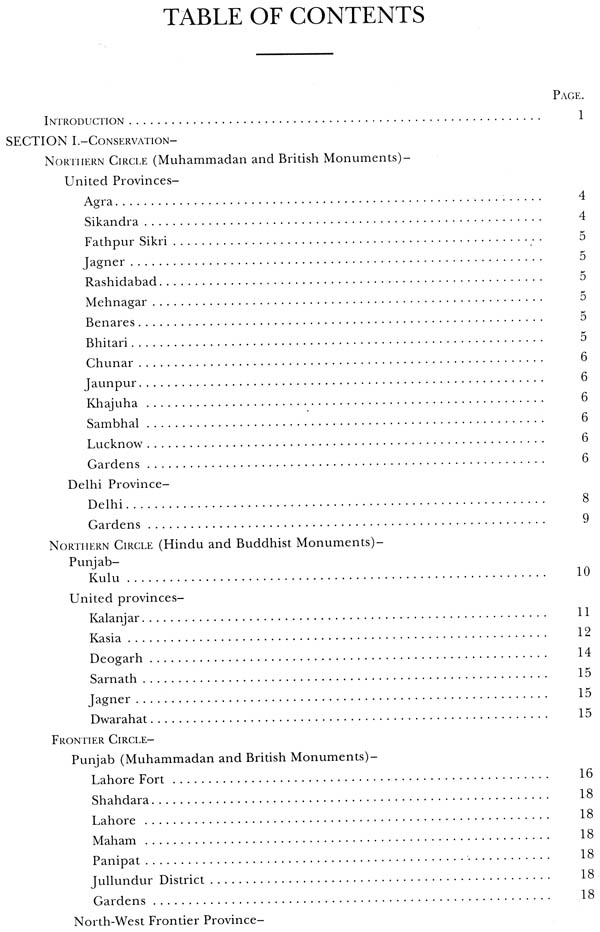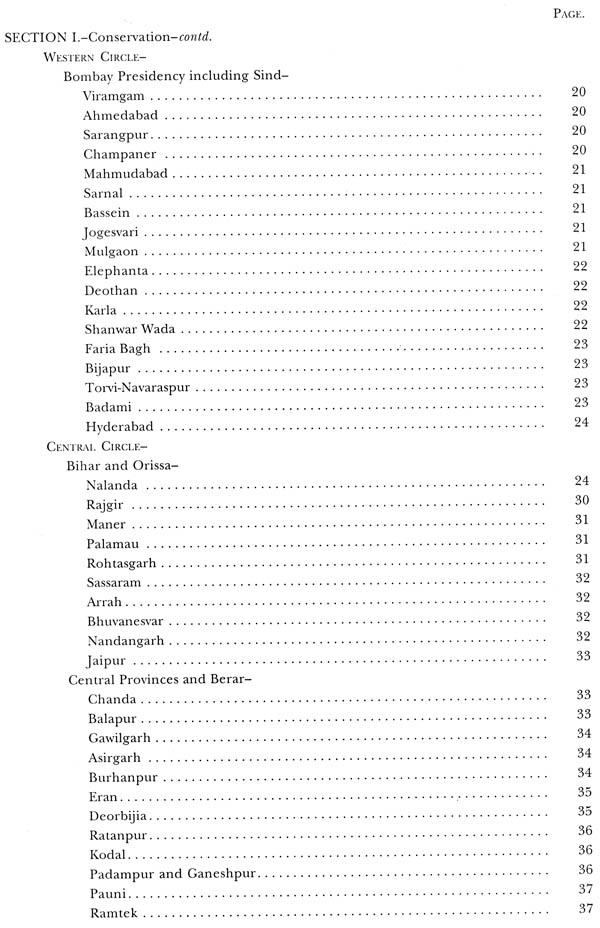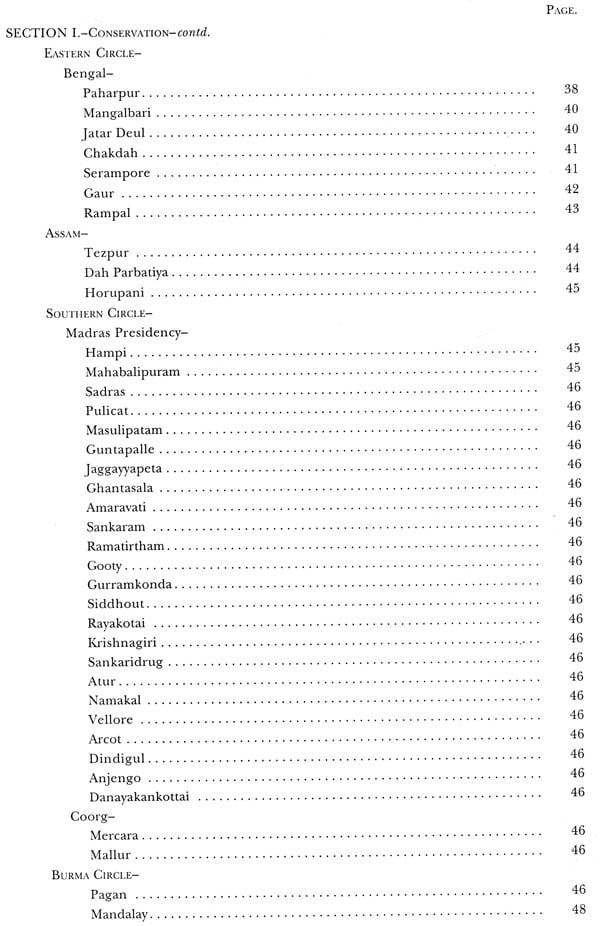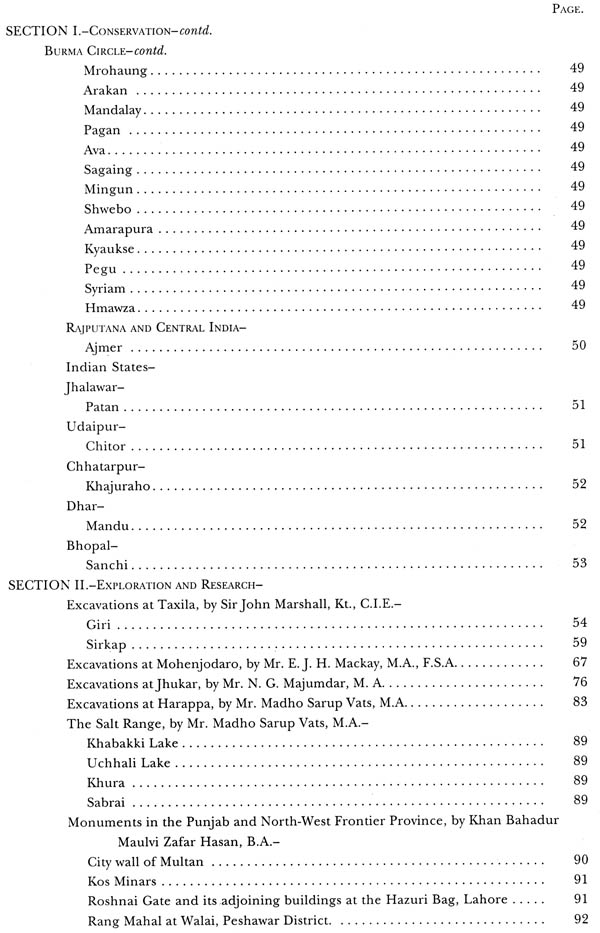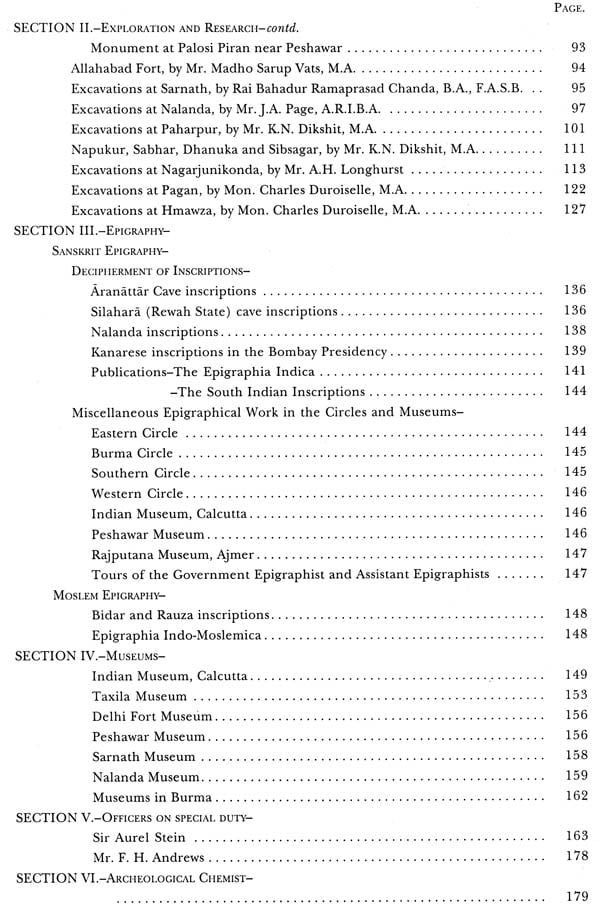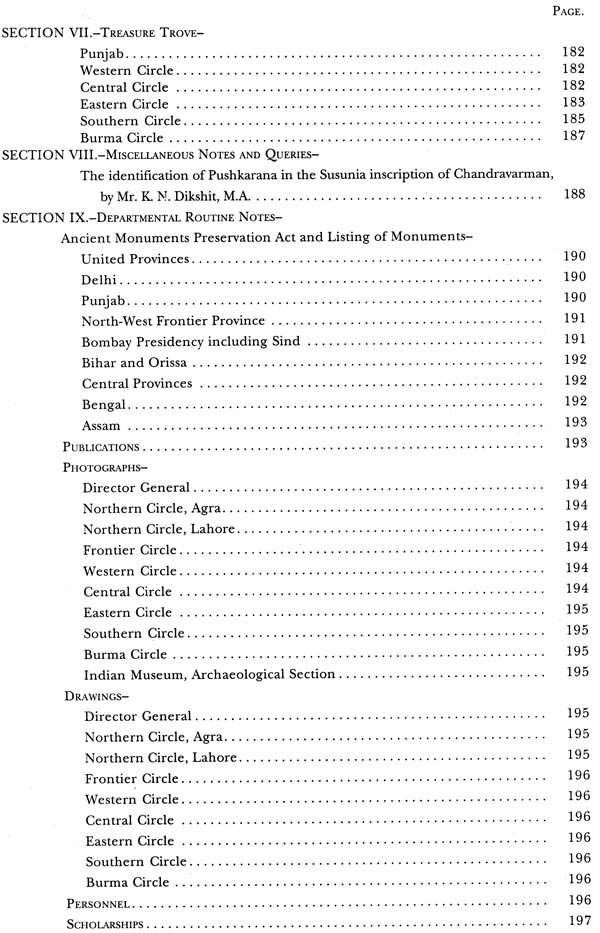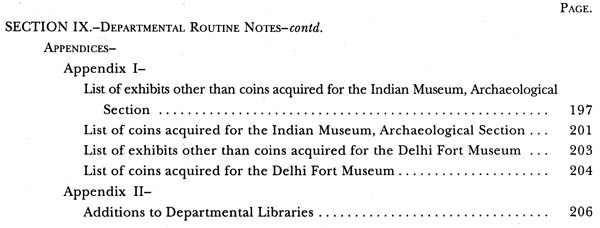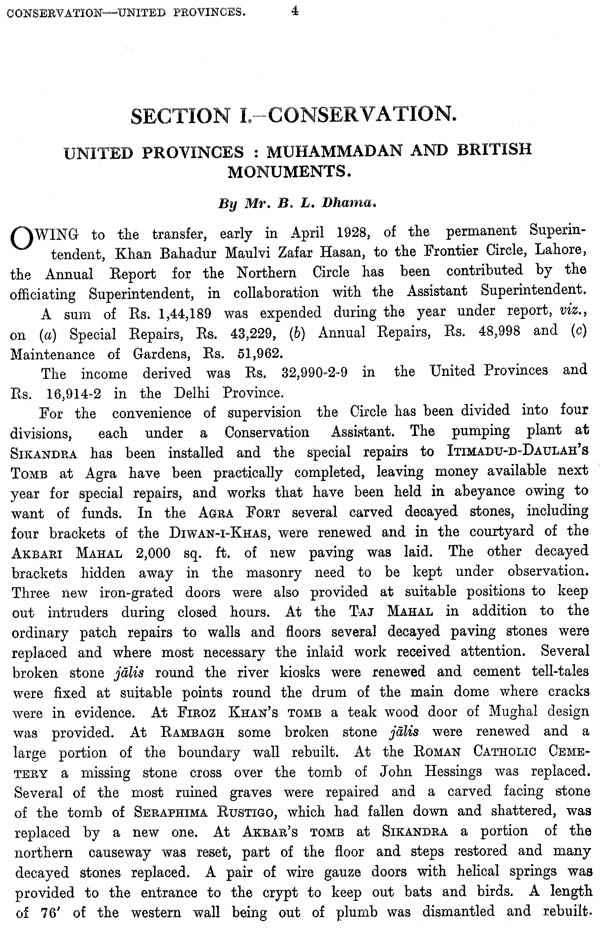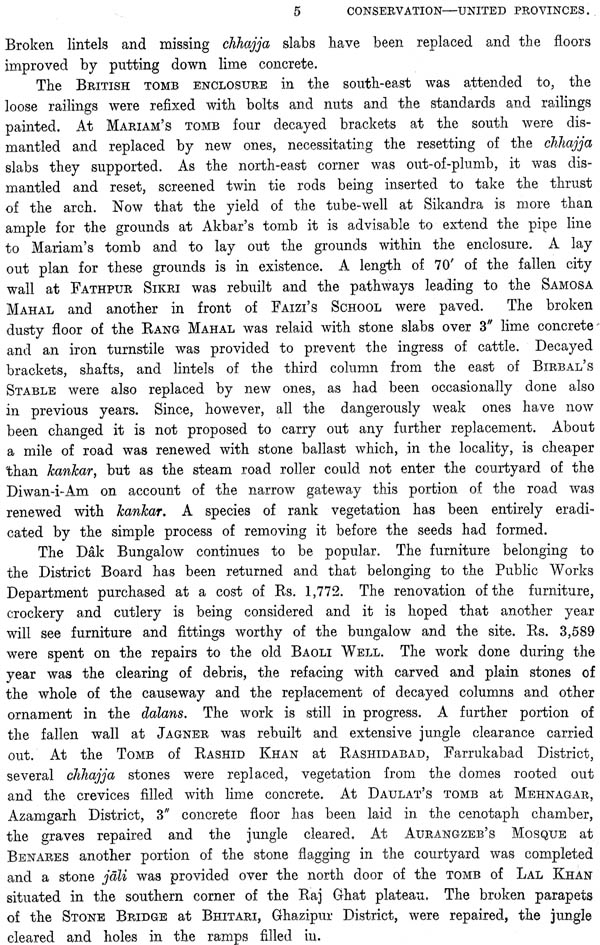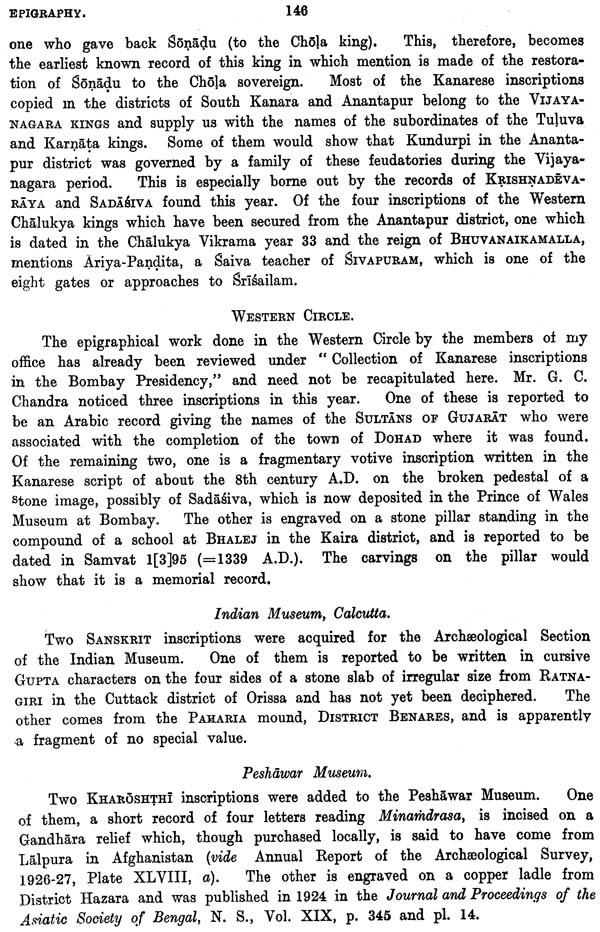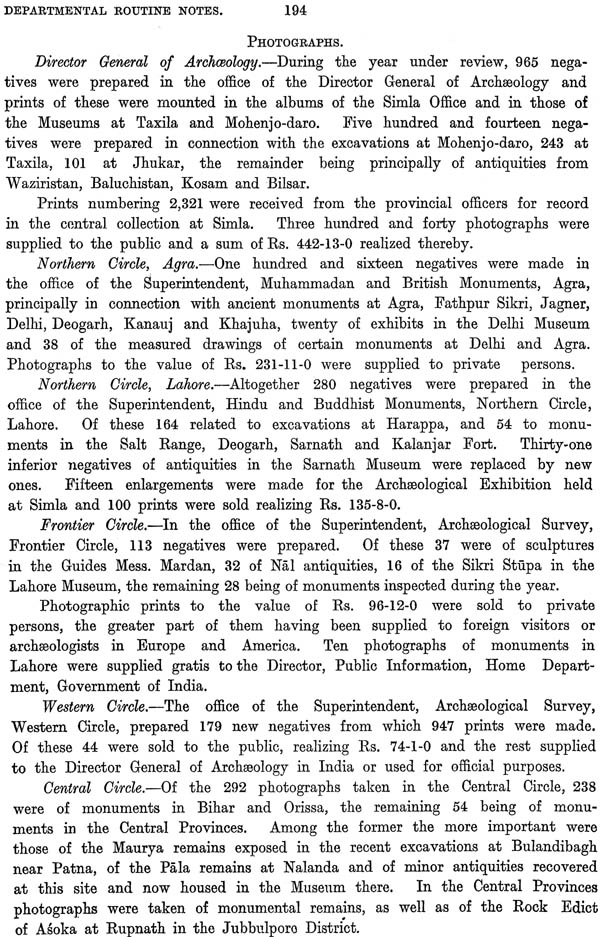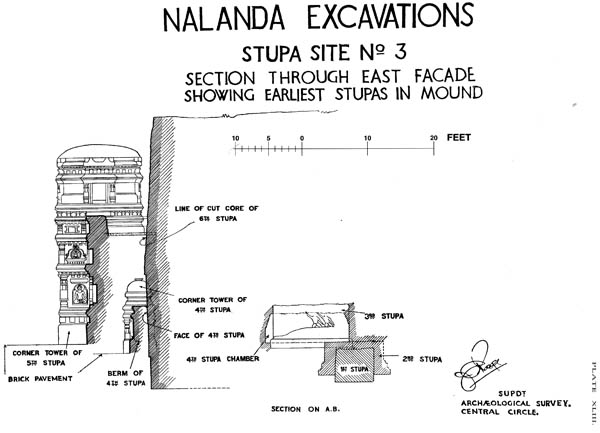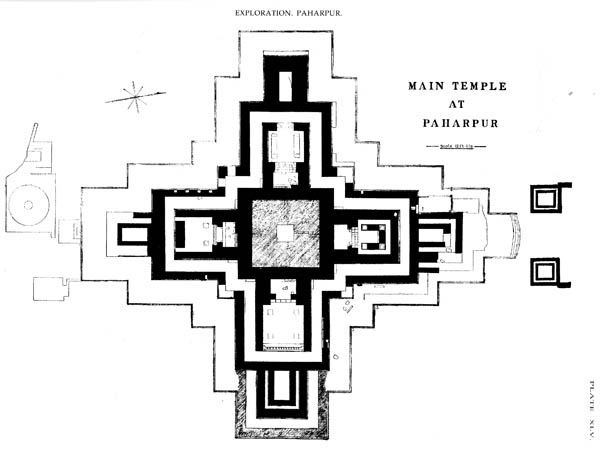
Annual Report of Archaeological Survey of India (1927-28)
Book Specification
| Item Code: | NAW448 |
| Author: | H. Hargreaves |
| Publisher: | ARCHAEOLOGICAL SURVEY OF INDIA |
| Language: | English |
| Edition: | 2002 |
| Pages: | 280 (56 b/w Illustrations) |
| Cover: | HARDCOVER |
| Other Details | 11.00 X 9.00 inch |
| Weight | 1.66 kg |
Book Description
For over twenty-six years Sir John Marshall has been Director General of Archeology in India and has edited all, save six, of the Annual Reports which have been issued since the date of his appointment. During his un- usually prolonged period of office as Director General he has acquired an un- rivalled knowledge of the monuments and antiquities of India, knowledge which none of his successors holding the appointment for a few years at the end of their service can ever hope to obtain. During these twenty-six years the Archeological Survey has continually extended its activities and responsibilities until the whole attention of the Director General is now absorbed in routine administrative duties. It was felt by the Government of India that the burden- ing of Sir John Marshall with such duties was detrimental to the interests of Indian Archeology, and in September 1928 he was placed on Special Duty in order to provide him with an opportunity of writing and publishing the materials collected by the Archeological Department and himself during his long period of office. While on Special Duty Sir John Marshall will write a series of books on the excavated remains of Mohenjodaro, Harappa and Taxila as well as on the monuments of Sanchi, Mandu, Delhi, Agra and Multan. At the same time he will continue to hold charge of the excavations at Taxila which have been under his direct control for sixteen years and also co-ordinate the results of the operations of the Archeological Department at the prehistoric sites of the Indus and allied cultures. In consequence of the departmental changes resulting from Sir John Marshali’s deputation on Special Duty the editing of this Report has devolved upon his. successor.
In the last Report the Director General gave a brief résumé of the policy of the Department in the matter of the rival claims of conservation, exploration, research and epigraphy, and pointed out that the increased grant of two and a half lakhs now rendered it possible to devote adequate attention to exploration. The provision of this same grant in 1927-28 enabled excavations to be. carried out at Mohenjodaro and Jhukar in Sind, Harappa and Taxila in the Punjab, Sarnath in the United Provinces, Nalanda in Bihar, Paharpur in Bengal, Nagar- junikonda in the Madras Presidency and at Pagan and Hmawza in Burma. While it is unfortunately impossible to report such sensational finds as those recorded in 1926-27, the detailed accounts set forth in this Report’ give ample evidence that the excavations have generally yielded results of great archwxo- Jogical interest.
Save for the researches of Major Mockler in Makran? over fifty years ago and my own in Sarawan and Jhalawan in 1925,3 Central and Southern Baluchis- tan had remained, from the archeological point of view, an entirely unexplored region. That it remains so no longer is due to Sir Aurel Stein who, in continua- tion of his valuable researches in Waziristan and Northern Balichistan* toured extensively between November 1927 and April 1928 in the Sarawan, Jhalawan, Khiarin and Makran divisions of the Kalat State. During that period he sur- veyed no less than sixty-five sites and at fifteen of these carried out trial excava- tions. These explorations, dealt with below, have resulted in the discovery of remains dating from early chalcolithic to historic times and reveal the former existence in these regions of a very widespread chalcolithic civilisation. In the case of the curious stone embankments so abundant in parts of these regions, aud known locally as gabrbands, it is interesting to note that Sir Aurel Stein, confirms the opinion advanced in the Annual Report for 1925-26° that these are to be attributed, not to the Zoroastrian period as the name suggests, but to the chalcolithic age.
In the matter of conservation it is gratifying to be able to record an increasing realization by local bodies of their obligations in this direction and a recognition that the maintenance of ancient monuments is not entirely the concern of the Central Government. In this connection it may be noted that one-third of the total cost of the repairs to the tank and temples on the ghat at Viramgam in the Bombay Presidency was borne by the local Municipality while to the total cost of Rs. 20,017 expended on the conservation of the remains at the fort at Rohtasgarh,? the Government of Bihar and Orissa generously contributed one-half.
The question of the amendment of the Ancient Monuments Preservation Act has received the consideration of the Government of India and it is hoped that it may be possible shortly to undertake the necessary legislation to render it possible for non-official agencies to co-operate with Government in the exploration of the countless sites in India still awaiting excavation. In conclusion I would record my obligations to Rai Bahadur Daya Ram Sahni and Mr. N. G. Majumdar for valuable assistance in the preparation of this Report.
**Contents and Sample Pages**
